Advertisement
30 Years Later, The Gardner Heist’s Emotional Toll Endures
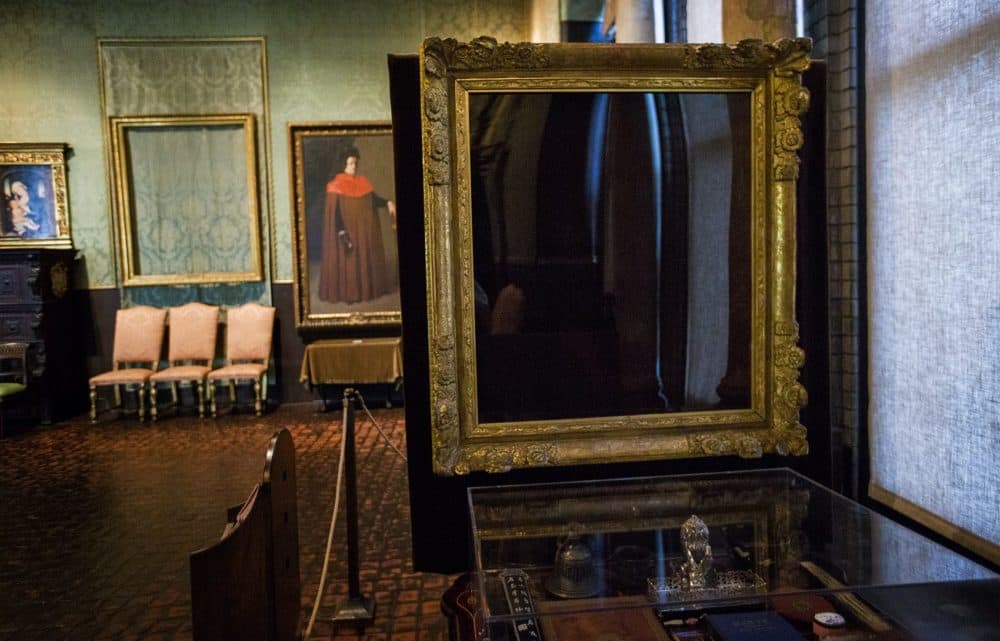
Major art museums across the state and country are closed to slow the spread of the coronavirus, including the Isabella Stewart Gardner Museum in Boston.
Its namesake transformed her stunning, Italian-inspired palace and art collection into a museum for the public in 1903, but in 1990 it became the scene of what remains the largest art heist — and property theft — in history. March 18 marks the unsolved crime's 30th anniversary and the notorious event continues to take a cultural — and emotional — toll.
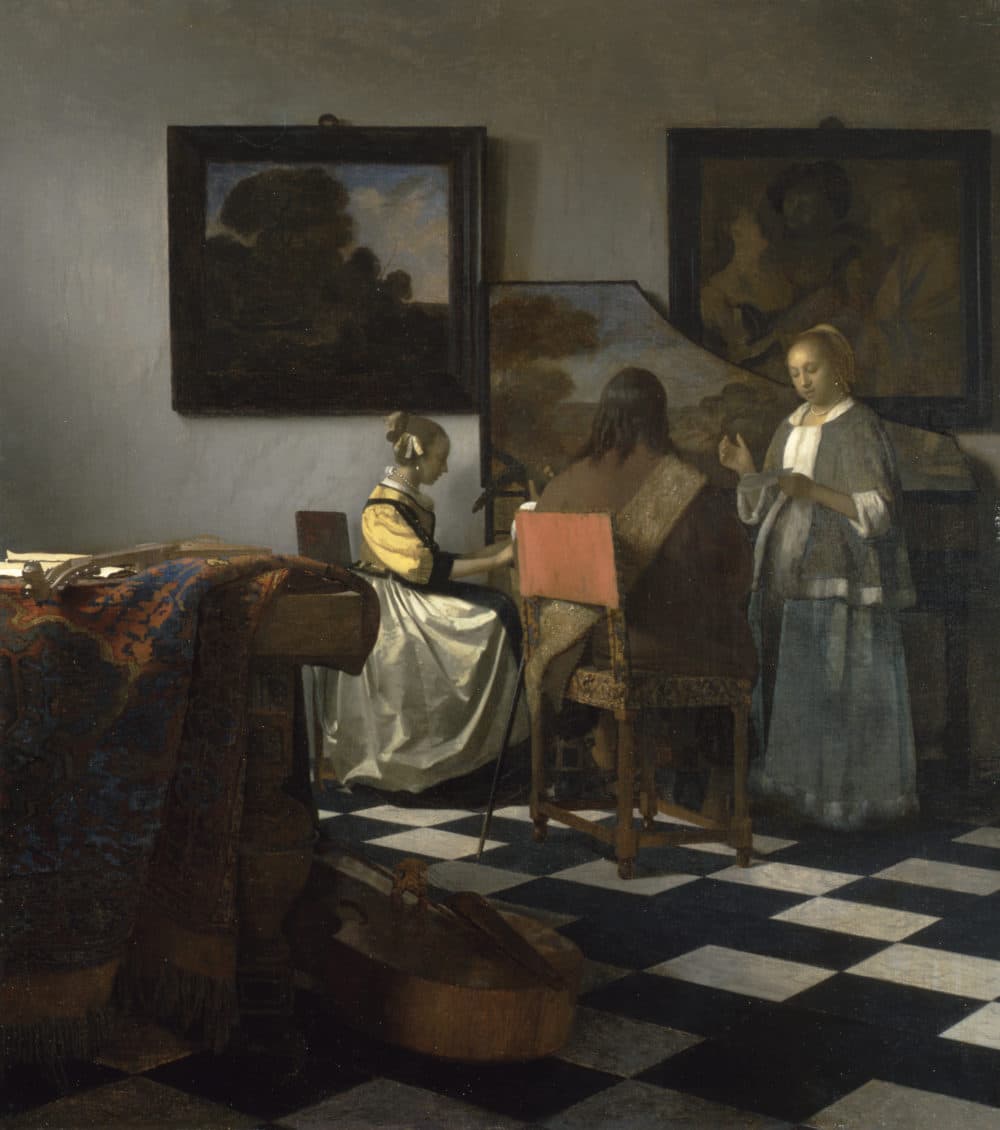
At her home in Cambridge, Anne Hawley, director emerita of the Gardner Museum, pulled out a catalog and opened its pages to an image of the rarest art piece stolen three decades ago — “The Concert” by Dutch master Johannes Vermeer.
“First of all, it's such a sensuous painting,” she described, “Look at the colors. You have this extraordinary red that he uses for the back of the chair of the man who is playing the lute, who sits with his back to us.”
A woman sits to the man's left, hands poised over the keys of a harpsichord. To the right another stands on the verge of breaking out into song.
“And of course what's so interesting in a painting about making music is that you don't hear the music,” Hawley added, “but you hear it in your imagination.”
Sadly Vermeer's lush detail, brushstrokes, rendering of modulated light and texture have to be imagined, too, because the book's reproduction is tiny and flat.
“It isn't the same thing,” Hawley mused, “It's like reading about a kiss instead of having a kiss.”
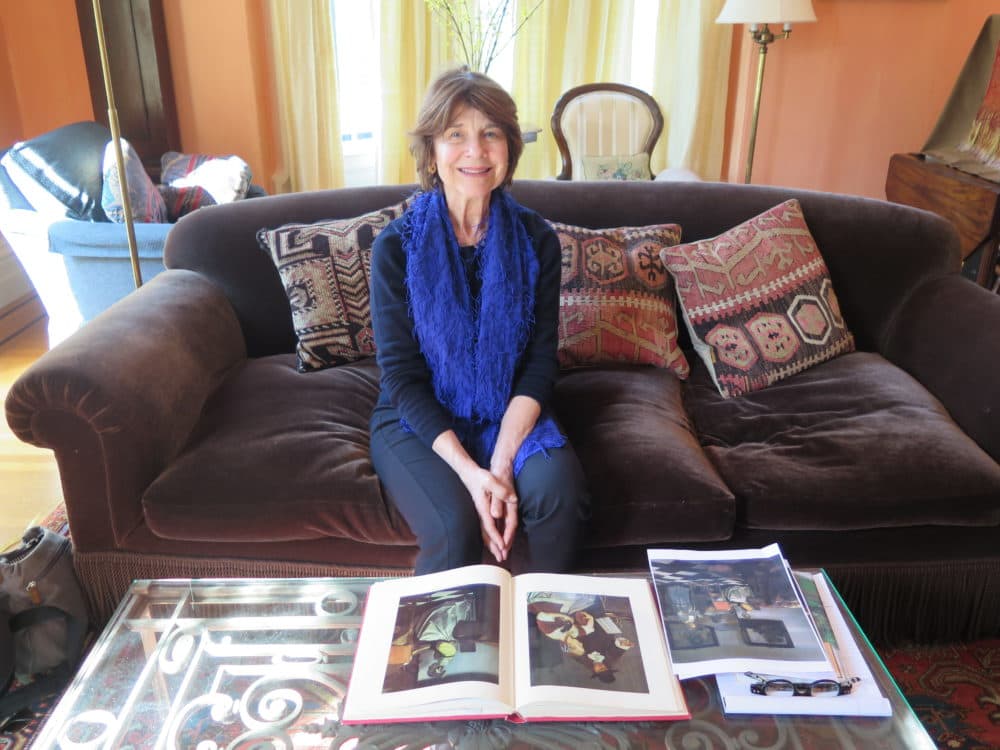
When “The Concert” was stolen, Hawley said it felt like a death in the family.
She'd just been hired as museum director when two thieves, disguised as Boston police, removed the two-foot square canvas from its frame during the famously brazen, 81-minute-long art heist.
“To take that away from the public — which is what has been done — is a real hole certainly in Boston's cultural environment, but also just internationally,” she said, “because Vermeer has become so revered everywhere in the world for what he's given us so long ago.”
The 356-year-old Vermeer painting is one of about 34 known works by him. Now retired, Hawley hopes she lives long enough to see it again — along with the 12 other stolen pieces — including paintings by Rembrandt, Flinck and Manet.
Gardner created the museum so her collection would be permanently exhibited “for the education and enjoyment of the public forever.” As stipulated in Gardner's will, nothing can change in her museum.
Advertisement
After the robbery, Hawley had an idea for what to do with the empty frames the crooks left behind. She felt they should go back up, “so that it would remind visitors, and ourselves, of what we had lost and be a sign of mourning for all of us.”
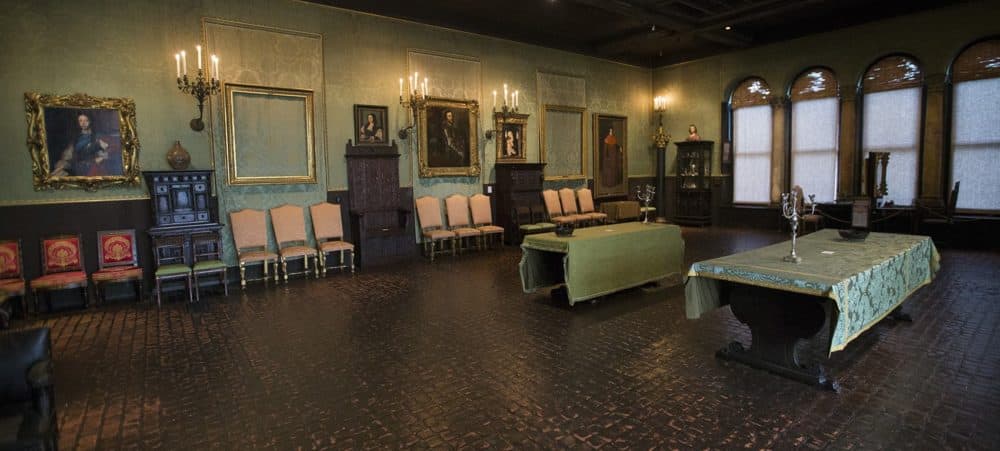
For Anthony Amore, director of security and chief investigator at the Gardner Museum, the empty ornate wooden frames haunt him like ghosts.
“I've been here for 15 years now looking to fill these frames,” he said standing the Dutch Room gallery on the museum's second floor. “They're...um...weighty.”
Their presence, and this crime scene, tear at his heart — and pride — as each anniversary passes.
“You know, I remember the 20th like it was yesterday. The 25th was a blur. Now we're at the 30th,” Amore reflected. “The pace of the work continues, but when these anniversaries come it's a reminder of what you have not accomplished.”
Amore doesn't want to sound like a forlorn investigator, but admitted, “it's a difficult thing to imagine that it would take this long to find them.”
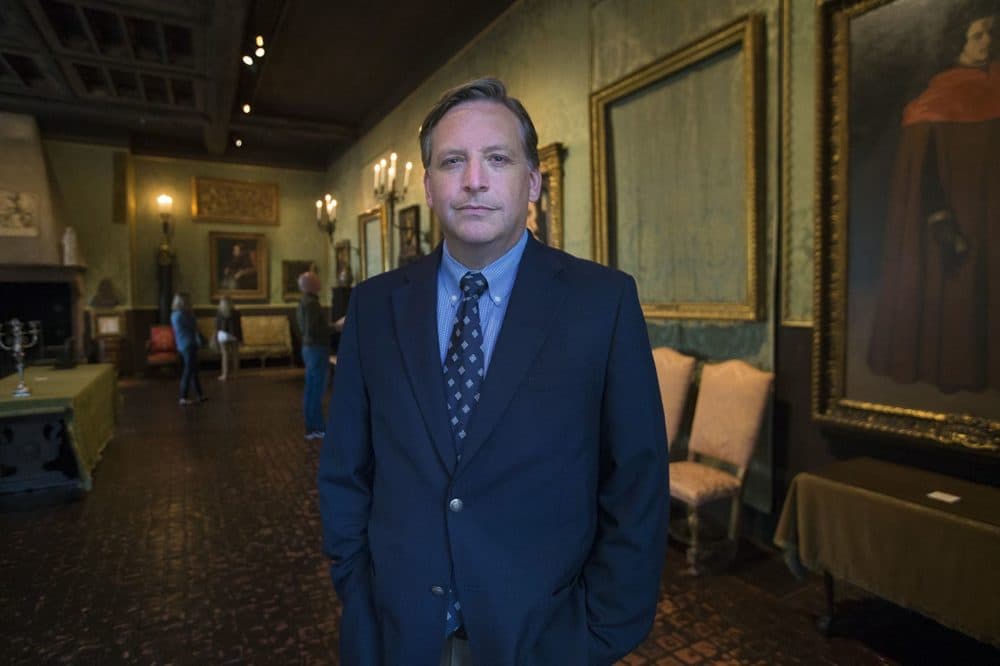
At the same time, the barren frames also represent hope for Amore. He's determined to return the missing artworks to their rightful home. A perennial challenge for him and the museum, though, is keeping them in the public eye.
In the past, the museum has put up billboards and upped the reward to $10 million dollars. For this year's 30th anniversary, the museum partnered with social media influencers to share images of the works on platforms including Instagram, and the museum created an online audio tour featuring Amore re-tracing the thieves' footsteps.
“The motion sensors show us the path the thieves took that night,” he calmly explains to the listeners, “that's the route we're following.”
While this unsolved crime captivates so many, Amore told me, in reality, most people wouldn't recognize the artworks if they saw them somewhere out in the world – even law enforcement. This past November he and the FBI held a symposium for 100 police chiefs and investigators so he could detail the theft and show them images of the stolen pieces.
“I have this nightmare that some investigators over the 30-year period might have been doing a search in someone's home somewhere – looking for drugs or money or guns,” Amore said, adding they could encounter the missing artworks, “But they don't know what these paintings look like. So my mission is to bring that to them.”
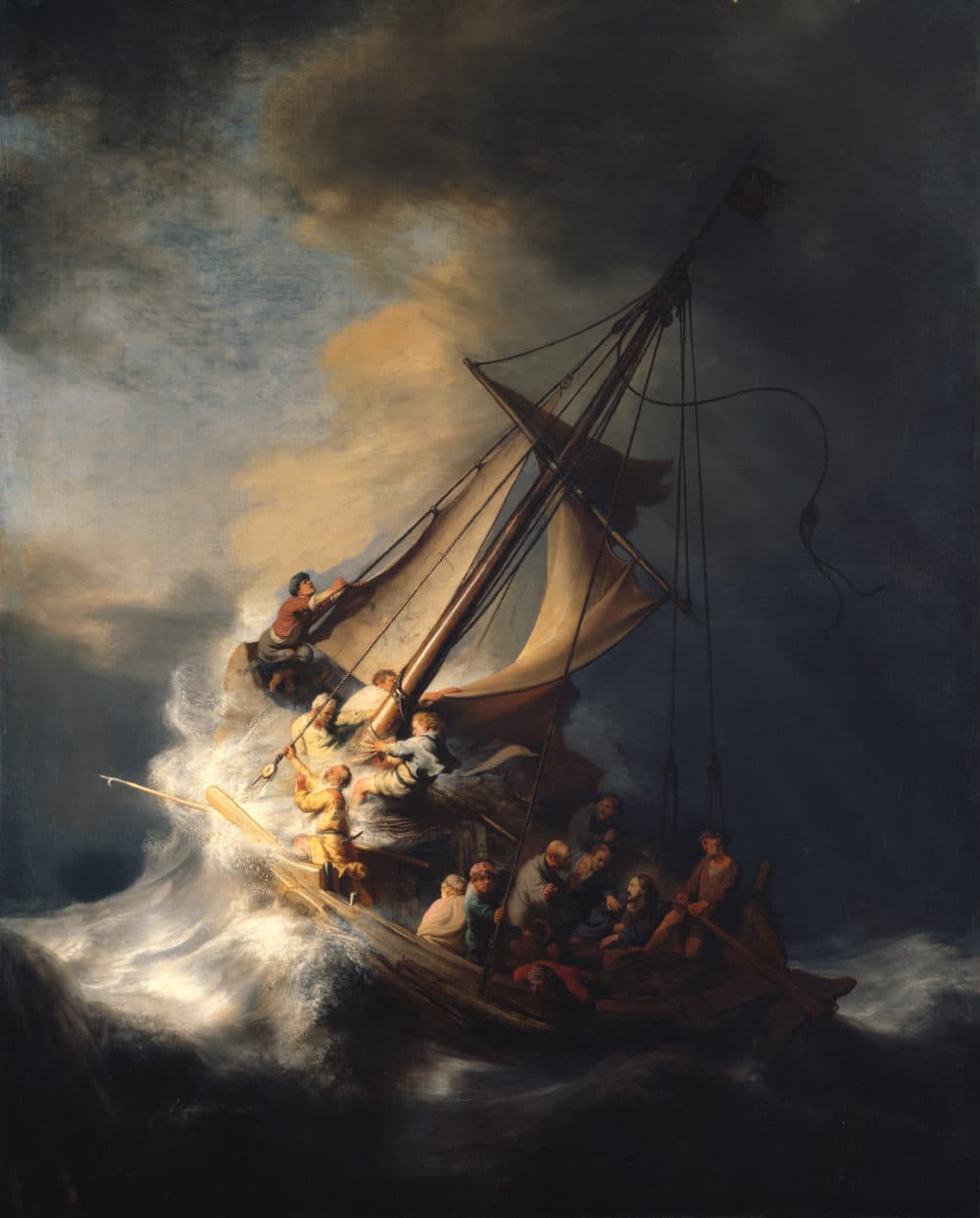
The mission to recover the art consumes Amore. He even has a full-sized reproduction of “The Concert” hanging in his bedroom. A life-size representation of Rembrandt's four-by-five-foot epic painting, “Christ in the Storm on the Sea of Galilee” looms over his office desk. In that work, the artist depicted Christ and the 12 apostles frantically trying to bring their small, wave-tossed boat under control. Amore connects with it, and shared a quote from the bible when Christ says, “Ye of little faith.”
“You know, it speaks to me,” he said, “you have to have this faith. And then you have Rembrandt as the 13th apostle looking directly at you. It was one of the most popular paintings in the city when it was here.”
Rembrandt has long been curator Ronni Baer's favorite painter. She was able to see “Storm on the Sea of Galilee” before it disappeared when she a graduate student in art history.
“Half of the disciples are in the light, and the other half of the disciples are in the dark,” she described, “One is vomiting over the side of the boat...and Christ is calm in the middle of it all.”
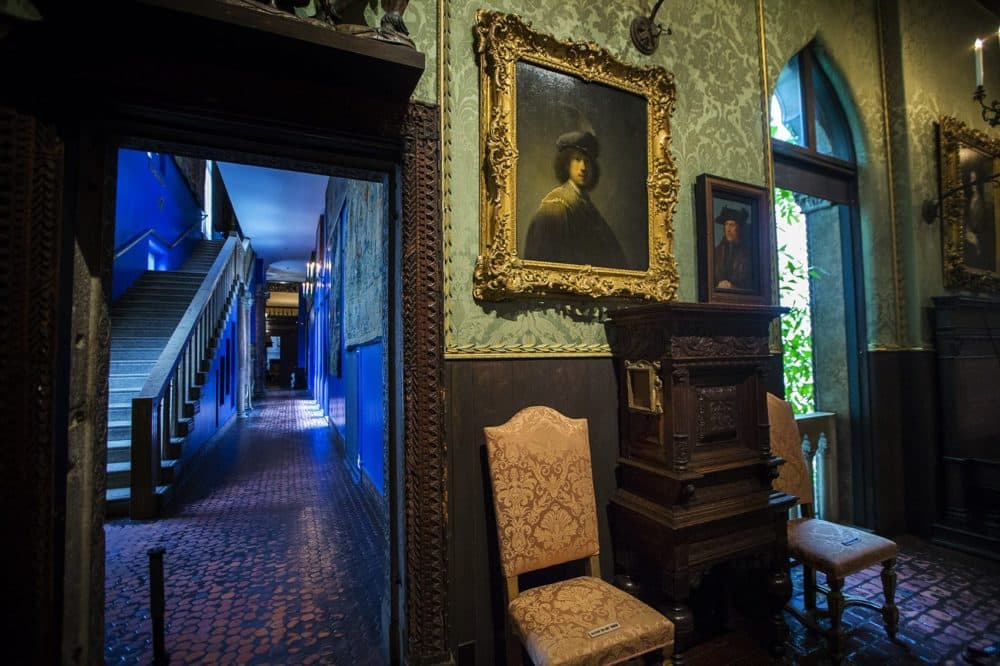
Baer was a longtime senior curator of European paintings at the Museum of Fine Arts, just down the road from the Gardner. Now she's the distinguished curator and lecturer at the Princeton University Art Museum. She said “Storm on the Sea of Galilee” illustrates Rembrandt's skill as a storyteller who captured the wealth of human emotion we see in each disciple's response to the crisis.
“It's ironic that we're talking about it today with, you know, the whole fear of the coronavirus,” Baer said. As she connected the 387-year-old painting to today, she added, “People react in so many different ways and the painting is a very emotional thing. Even in the early 17th century, this is what Rembrandt was most appreciated for.”
“Storm on the Sea of Galilee” is Rembrandt's only seascape, and Baer said its absence cuts off scholarly understanding of a seminal time in his development as a young artist in Amsterdam. He was making a living on portrait commissions, but Rembrandt aspired to craft history paintings. He was 27 when he painted “Storm on the Sea of Galilee.”
Baer has spent her career studying paintings by both Rembrandt and Vermeer. Before their masterpieces were stolen she said she looked at them for hours, internalizing the expressive handiwork that can't be seen in reproductions.
“Both of these artists are such masters of paint handling,” Baer said, “Rembrandt is a masculine show-off, Vermeer is quiet and poetic.” Their brushwork brings the art to life in both the “Storm on the Sea of Galilee” and “The Concert.”
“One of the interpretations of that painting is that music is a balm for the soul,” Baer said of the Vermeer, adding, “We all need to have somewhere to go to feel comfort and some way to respond to what happens in our world. Music is one way – and art is another.”
Jazz trumpeter Jason Palmer turned to both after learning about the theft. He was a student at the New England Conservatory in the mid-1990s when he visited the Gardner Museum and saw the empty frames for the first time.
“I was really confused,” he recalled, “It was a kind of a mind-flip for me.”
Years later he said he heard WBUR's podcast about the heist, “Last Seen,” and was inspired to compose a piece for each missing artwork. Now Palmer is releasing his new album, “The Concert: Musings for Isabella,” to mark the 30th anniversary.
“It's important for us to know what's missing,” he told me, “and to do what we can, energy-wise, to try to bring it back.”
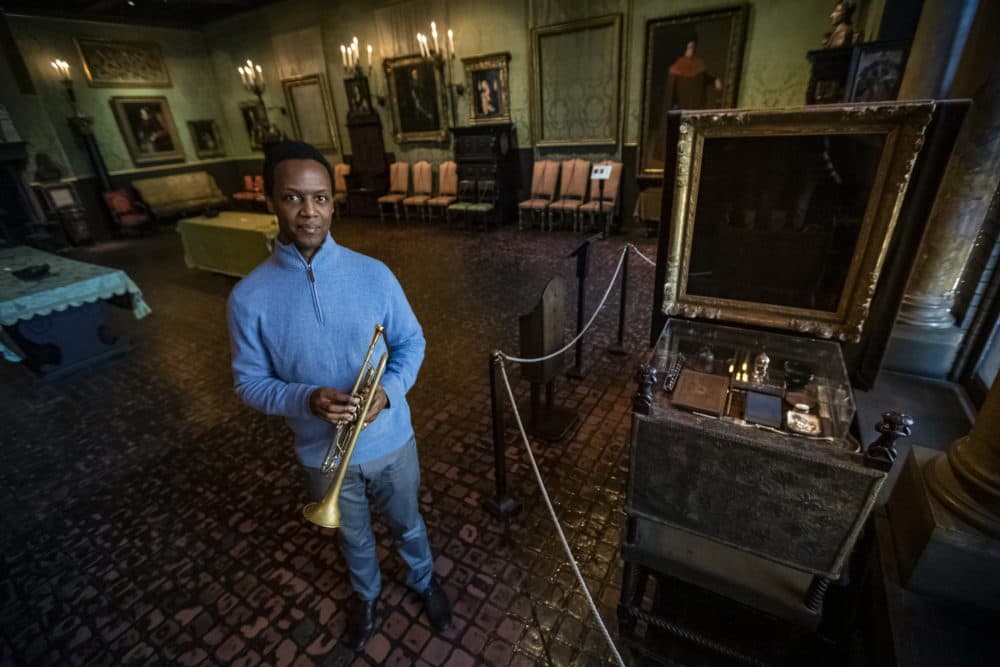
At the Gardner museum, standing next to the empty frame that once held Vermeer’s long-gone “The Concert,” the 41-year-old musician shared a dream he's been holding onto: that someone might hear his new recording — maybe another musician — and be inspired to seek out images of the lost paintings. Then Palmer imagines that musician going on tour in Europe, “And then playing like a private gig at a mansion in France.” Up on the wall “they see that stolen work,” he said, adding to the fantasy, “so the works are recovered.”
That's, of course, Anne Hawley, Anthony Amore and curator Ronni Baer's hope, too. But, after 30 years, she's worried.
“I wish I could somehow comfort myself in knowing they're somewhere,” Baer said with a sigh, “but I don't know if they still exist.”
